In an increasingly interconnected global economy, the forex market has seen a significant uptick in activity across various countries. Japan, Iran, and Mongolia, each with their unique economic landscapes, have reported a surge in forex trading, indicating a growing interest in currency exchanges as a means of investment and economic strategy. This article explores the dynamics behind the forex boost in these nations and how local currencies are playing a pivotal role in this financial revolution.
Forex Surge in Japan
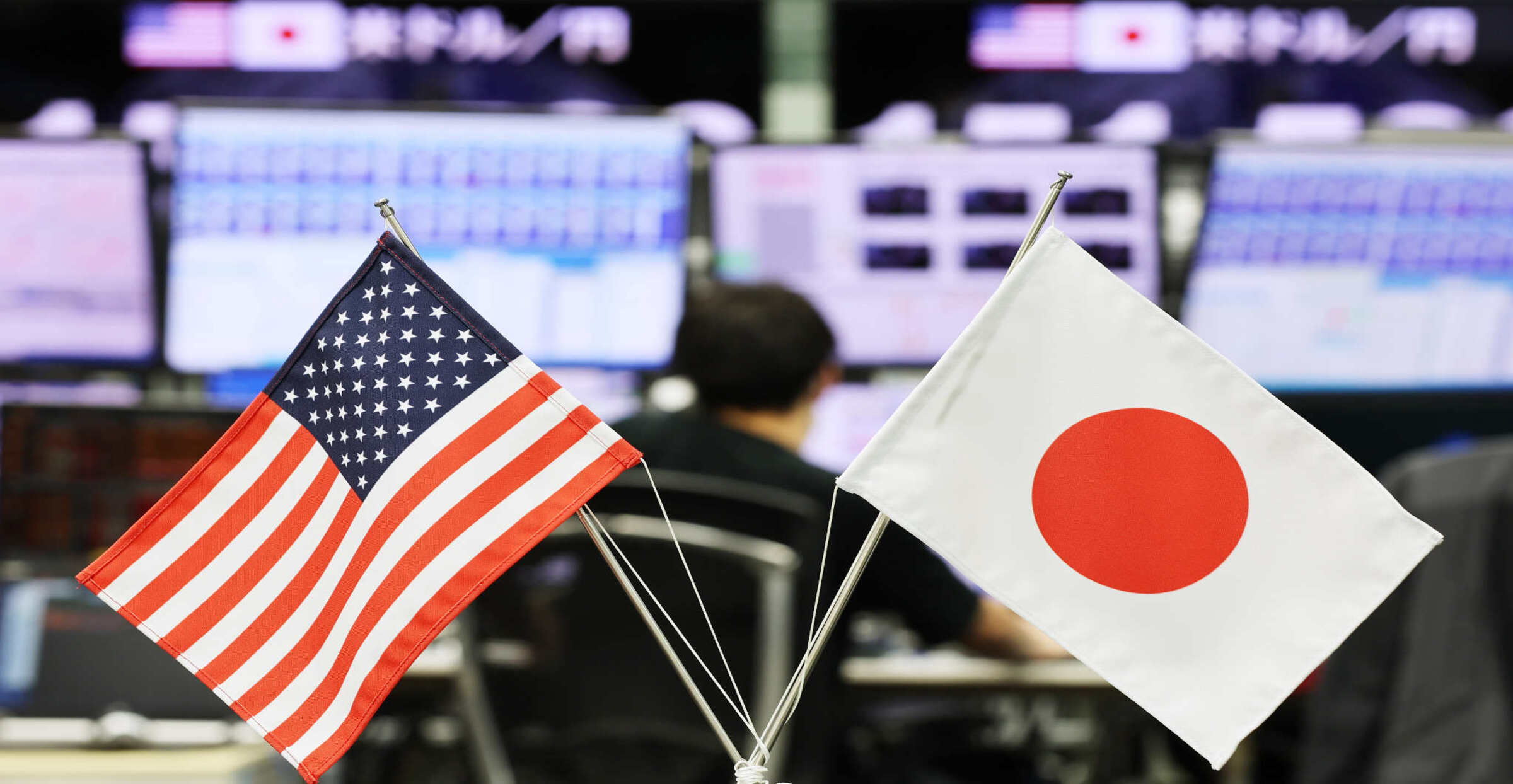
The Land of the Rising Sun has witnessed a remarkable increase in forex trading activity. Being the third-largest economy in the world, Japan’s forex market is one of the most sophisticated. The surge is attributed to several factors:
- A high level of interest among retail investors.
- Advanced technology making forex trading more accessible.
- The Bank of Japan’s monetary policies, which create opportunities through currency fluctuations.
- Increased education and awareness about forex as an investment tool.
- A strong regulatory framework that provides a safe environment for traders.
- Intense marketing by domestic and international brokerages.
Iran’s Forex Market Thrives
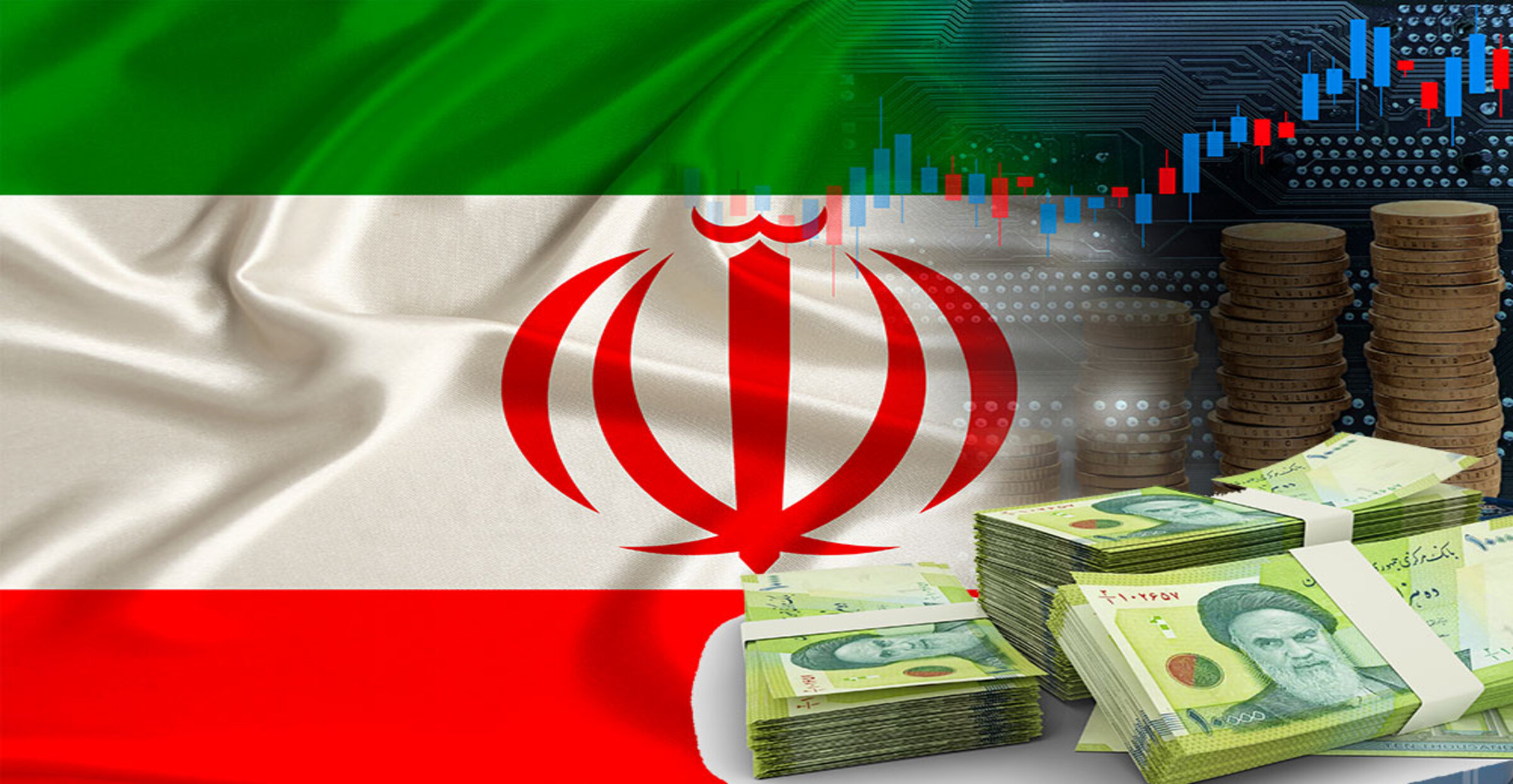
Despite facing stringent international sanctions, Iran’s forex market is bustling. The Iranian Rial’s situation has given rise to a unique forex environment:
- Sanctions have led to an increased demand for foreign currency as a hedge against economic instability.
- The government has implemented measures to stabilize and regulate the market.
- Peer-to-peer and over-the-counter trading have gained popularity among Iranians.
- The slight easing of sanctions has seen an inflow of forex into Iran’s market.
- Innovative forex solutions are cropping up, tailored to the needs of Iranian traders.
- Many citizens view forex trading as a path to financial freedom and a hedge against inflation.
Mongolia Embraces Forex

Mongolia, a nation with a burgeoning economy, is the latest entrant in the forex trading arena:
- Economic reforms have made currency trading more attractive and viable.
- The mining boom has infused capital and increased the country’s forex reserves.
- Forex trading is seen as a diversification strategy by individual investors.
- There is growing government support for a liberalized forex policy.
- International brokerages are setting up shop, attracted by the untapped market potential.
- Mongolian traders are swiftly becoming sophisticated, leveraging global forex trends.
Yen’s Rally Boosts Forex
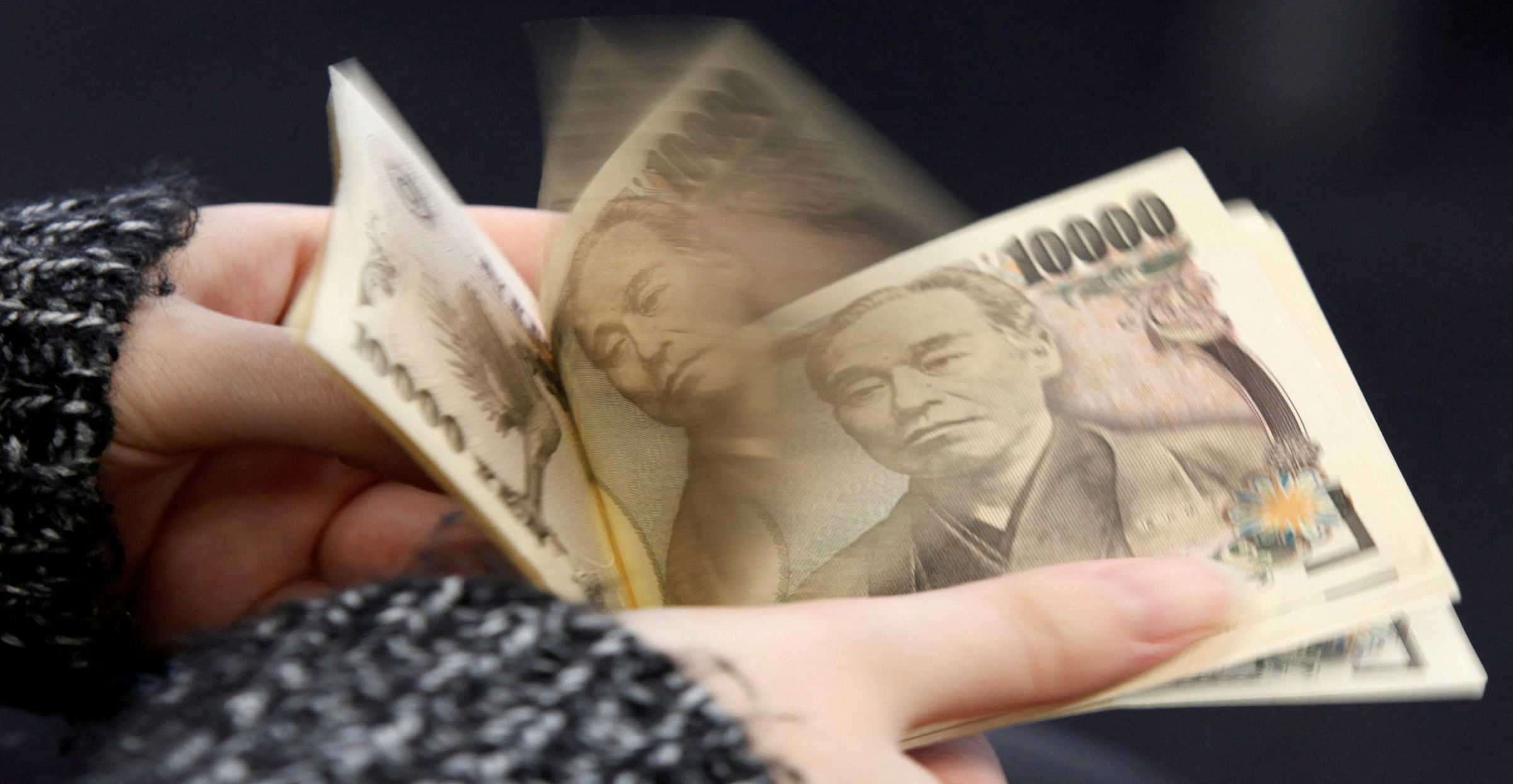
FILE PHOTO: A woman counts Japanese 10,000 yen notes in Tokyo, in this February 28, 2013 picture illustration. REUTERS/Shohei Miyano/Illustration/File Photo/File Photo
The Japanese Yen has long been regarded as a safe-haven asset, and its recent rally has only boosted forex trading:
- Investors flock to the Yen during times of global uncertainty.
- Currency traders are attracted to the volatility and potential profits from Yen trades.
- Japan’s significant trade surpluses contribute to Yen’s strength.
- Carry trades involving the Yen influence forex market liquidity.
- Bank of Japan’s interventionist policies occasionally shift the forex markets dramatically.
- Forex platforms report increased volumes of Yen trading, coinciding with global economic trends.
Rial Stability Spurs Trades
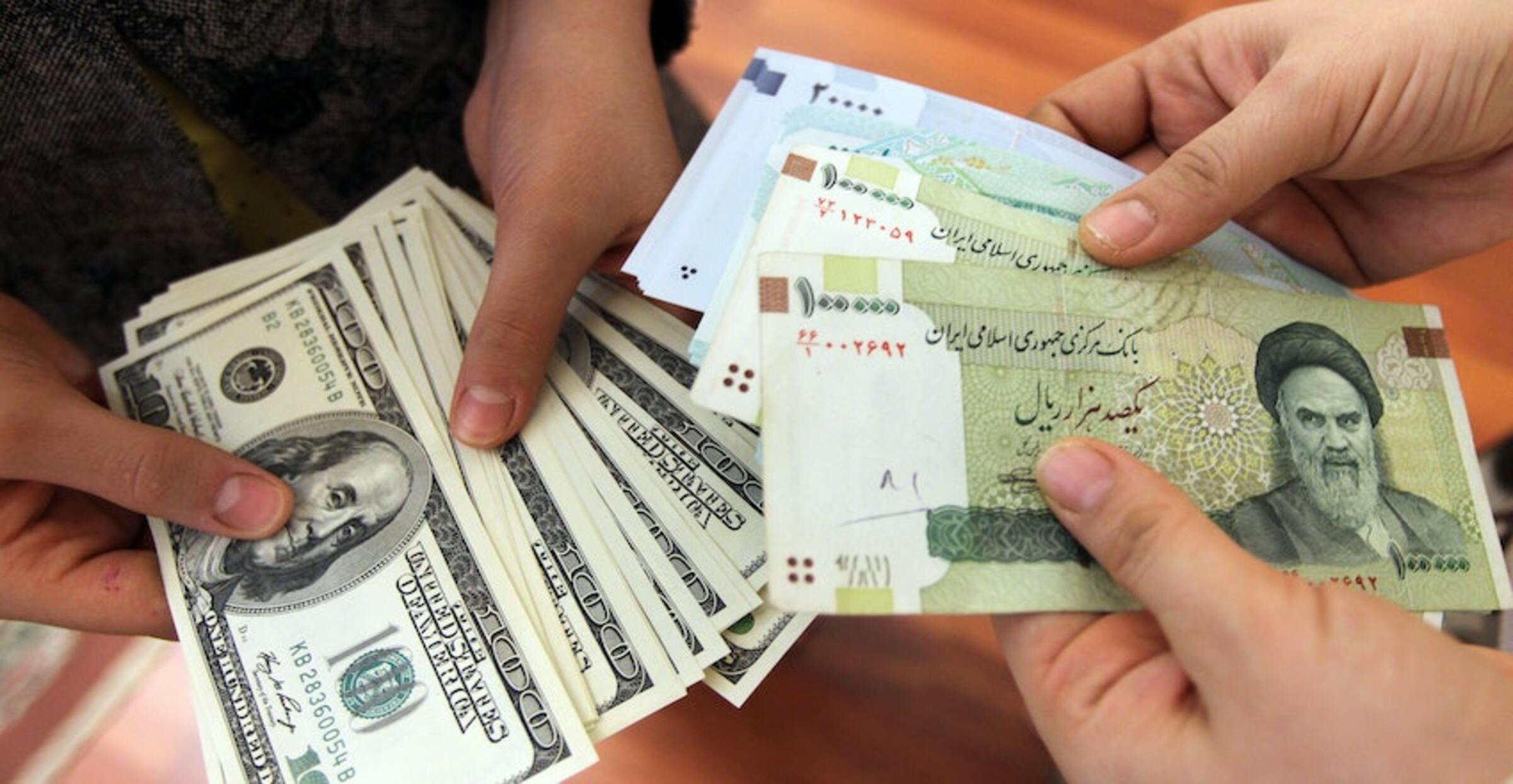
In Iran, efforts to stabilize the Rial have had a curious effect on forex trading:
- A more stable Rial reduces the fear of abrupt devaluation, encouraging trading.
- The stability has attracted foreign investors willing to engage with Iran’s market.
- Iranian businesses require forex for trade and are active participants.
- The improved Rial position is fueling a less speculative and more strategic forex market.
- Government-led forex initiatives have provided a semblance of predictability.
- Renewed Rial stability has had a ripple effect, prompting regional forex interest.
Tugrik Gains Forex Foothold
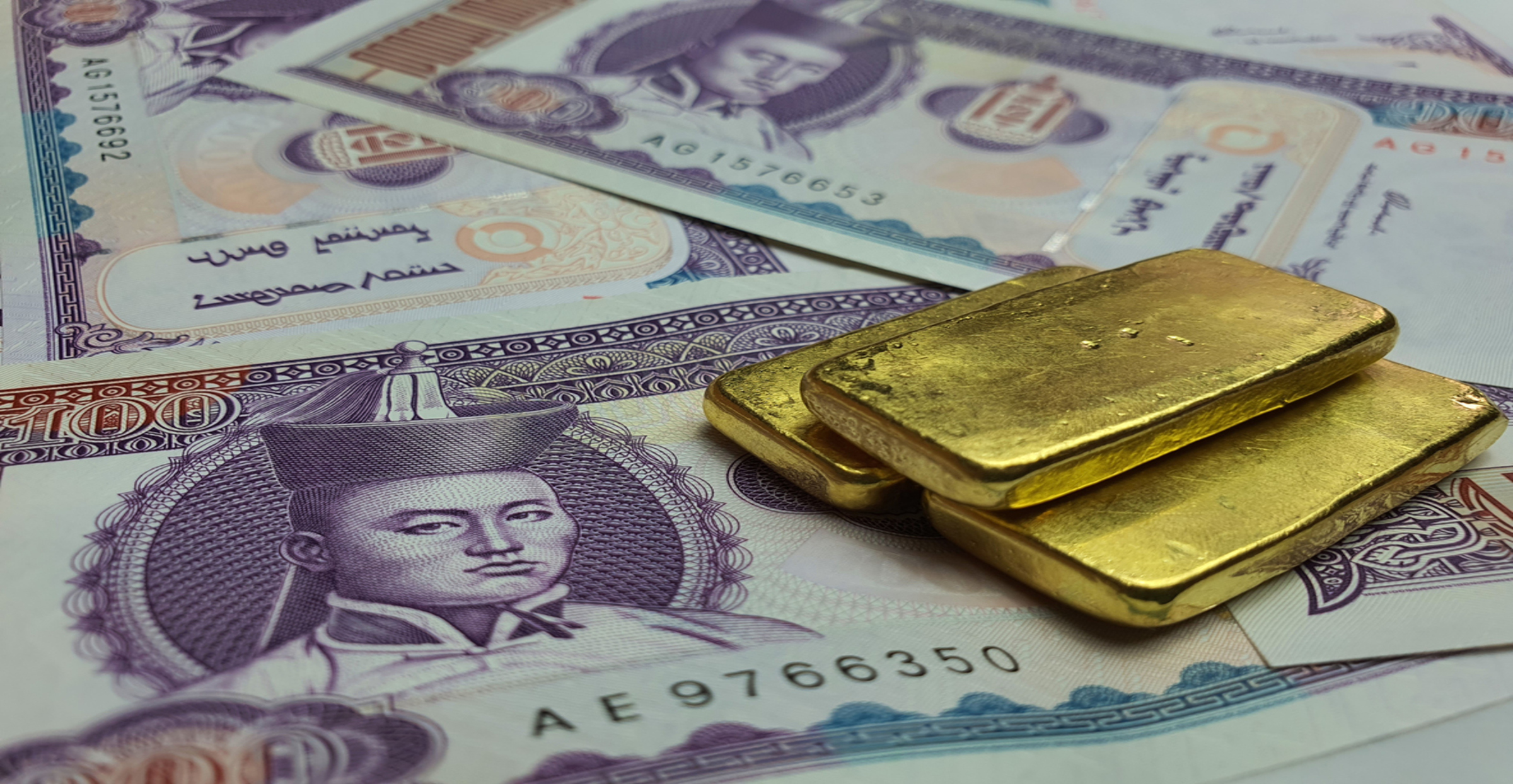
Gold bars are placed on Mongolia banknotes.Use for website banner background
The Mongolian Tugrik, though less known in the forex world, is establishing its presence:
- As Mongolia opens up, the Tugrik benefits from increased foreign investment.
- The currency’s movements are closely tied to commodity prices, particularly copper.
- Forex traders are attracted to exotic currencies for their potential high returns.
- Enhanced financial literacy is leading Mongolians to explore forex possibilities.
- The Tugrik’s integration into forex platforms gives it international exposure.
- The currency reflects Mongolia’s economic ambition on the global financial stage.
Forex Comparison in Japan, Iran, and Mongolia
| Feature | Japan | Iran | Mongolia |
|---|---|---|---|
| Currency | Yen (JPY) | Rial (IRR) | Tugrik (MNT) |
| Market Size | Very Large | Moderate | Emerging |
| Trader Profile | Retail, Institutional | Retail, Business | Retail, Business |
| Volatility | Low to Moderate (Safe Haven) | High (Sanctions & Inflation) | Moderate (Commodity-Linked) |
| Regulatory | Strong, Well-Established | Evolving, Sanction-Impacted | Reforming, Becoming Liberal |
| Growth Trend | Steady Growth | Rapidly Growing | Rapidly Growing, from a Small Base |
Forex trading in Japan, Iran, and Mongolia reveals the multifaceted nature of the global forex landscape. Japan’s advanced, voluminous market contrasts with Iran’s sanction-driven growth and Mongolia’s nascent yet dynamic environment. The currencies of these nations play a significant role in the expansion of forex activities, with Japan’s Yen steadily enhancing trade volumes, Iran’s Rial spurring innovative trading under duress, and Mongolia’s Tugrik carving out a niche in the forex world. As forex gains momentum, these countries are exemplars of how diverse economic circumstances shape the evolution of financial markets globally.

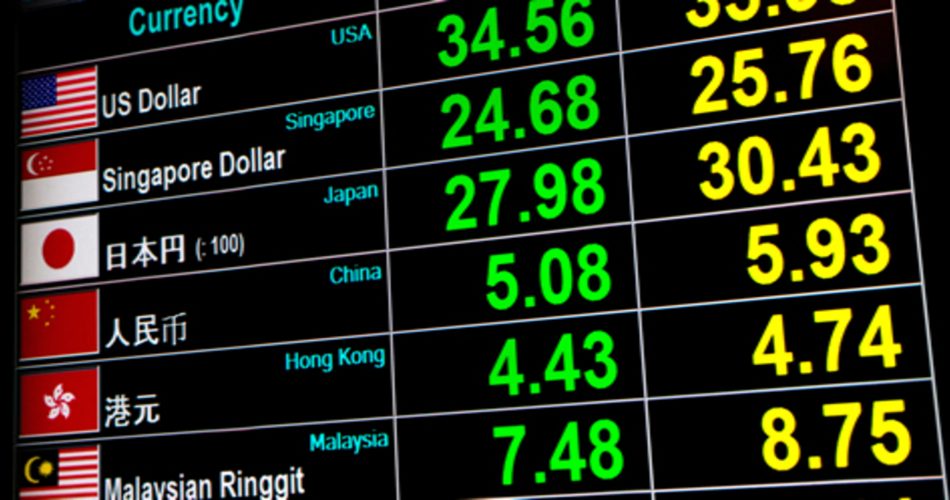
I don’t understand why Iran’s forex market is growing despite sanctions. Shouldn’t sanctions make trading harder?
The article says Japan’s forex market is advanced because of technology, but isn’t it also risky due to the volatile nature of trading?
How can Mongolia’s Tugrik be gaining a foothold in forex markets? I thought smaller economies had a tougher time competing.
It seems confusing how Iran manages to stabilize the Rial with so much external pressure. How reliable are these measures?
The forex boom in Iran seems temporary. Once sanctions tighten again, won’t it collapse?
I’m skeptical about Japan’s strong regulatory framework being enough to protect small traders from losses.
I think the article overestimates the stability of Iran’s Rial. It’s still very volatile, in my opinion.
Iran’s situation sounds risky. How can people trust the forex market there with all those sanctions?
I don’t understand why everyone is so excited about forex trading in Japan. It’s just too complicated for small investors like me.
Mongolia embracing forex is interesting, but they need better infrastructure to support growth.
Mongolia might be new to forex, but I doubt it will make a big impact globally. They still have a long way to go.
Why would anyone invest in the Mongolian Tugrik? It’s not well-known and seems risky to me.
I don’t buy that the Yen is such a safe-haven asset. It fluctuates just like any other currency.
Forex trading in Japan seems more like gambling than investing, especially with all that volatility.